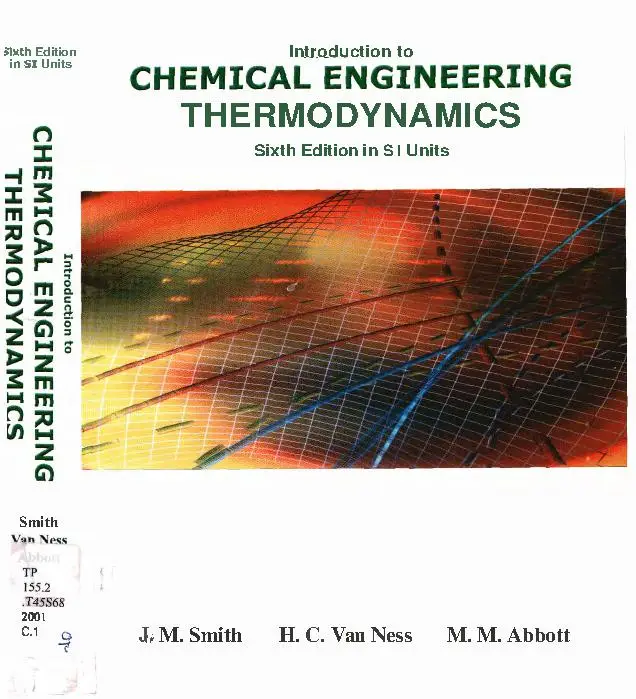

The model was, however, was not easy to use. A great number of tables and diagrams existing in the literature, as well as computerized calculation programs were based on this model. Model IFC-67 was tested and recognized as reliable for the calculation of the thermodynamic properties of water. This model was developed from a variety of experimental data available for H 2O, which is the most abundant chemical compound in nature and also the most often used reagent in the chemical industry. In the decade of the 1960's a model was formulated for the calculation of thermodynamic properties of water for industrial use, and was known as the IFC-67 model. Keywords: thermodynamic properties, water and steam, calculation algorithms This paper presents the IAPWS-IF97 model in summarized form, and results obtained in applying it to the thermodynamic properties of water, including enthalpy, entropy, internal energy, and volume, in the states of compressed liquid, liquid-vapor equilibrium, and superheated steam, using calculation algorithms developed using common, universally available computational techniques. The new model is oriented toward facilitating calculations employing computers, improving accuracy, and improving consistency among the model's limiting regions as well as contributing towards improved process design and simulation. The latter model had been used for 30 years for the calculation of thermodynamic properties of water for industrial, scientific, and academic applications. Was recommended before replacing the current model which had been developed in the 1960's (IFC-67). This new model, termed IAPWS-IF97, was adopted beginning in 1997, but an evaluation and changeover period 2ġDepartment of Chemical Engineering, Engineering Faculty, Universidad de Antofagasta, Antofagasta, Chile,ĢDepartment of Chemistry, Basic Sciences Faculty, Universidad de Antofagasta, Antofagasta, Chile,īeginning in 2000 the International Association for the Properties of Water and Steam (IAPWS) recommended the use of a new model for calculation of the thermodynamic properties of water and steam. Soc., 51, Nº 2 (2006), pags: 891-900ĬALCULATION OF THE THERMODYNAMIC PROPERTIES OF WATER USING THE IAPWS MODEL Thermodynamics for Chemical Engineers is the ideal resource not just for undergraduate and graduate students in chemical and petroleum engineering, but also for anyone looking for a basic guide to thermodynamics.J. Authors with decades working in chemical engineering and teaching thermodynamics.

A broad suite of illustrations throughout the text to help illuminate the information presented.Practice-oriented examples to help students connect the learned concepts to actual laboratory instruments and experiments.Thermodynamics for Chemical Engineers readers will also find: Thus, the book helps students bridge the gap between theoretical knowledge and basic experiments and measurement characteristics. Suitable for undergraduate and graduate students, the text introduces the basic concepts of thermodynamics thoroughly and concisely while providing practice-oriented examples and illustrations. Given that thermodynamics is an essential course of study in chemical and petroleum engineering, Thermodynamics for Chemical Engineers provides an important introduction to the subject that comprehensively covers the topic in an easily-digestible manner. Moreover, thermodynamics in chemical engineering focuses upon pure fluid and mixture properties, phase equilibrium, and chemical reactions within the confines of the laws of thermodynamics. Thermodynamics can apply to a wide range of sciences, but is particularly important in chemical engineering, where the interconnection of heat and work with chemical reactions or physical changes of state are studied according to the laws of thermodynamics. Thermodynamics is a vital branch of physics that focuses upon the interaction of heat, work, and temperature with energy, radiation, and matter. Learn the basics of thermodynamics in this complete and practice-oriented introduction for students of chemical engineering


 0 kommentar(er)
0 kommentar(er)
